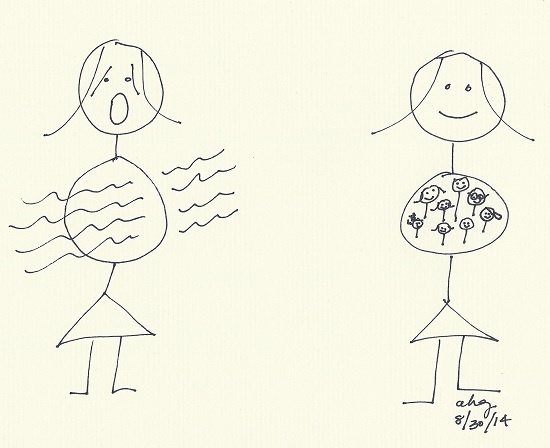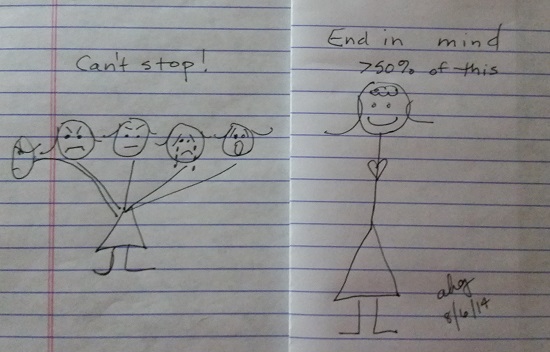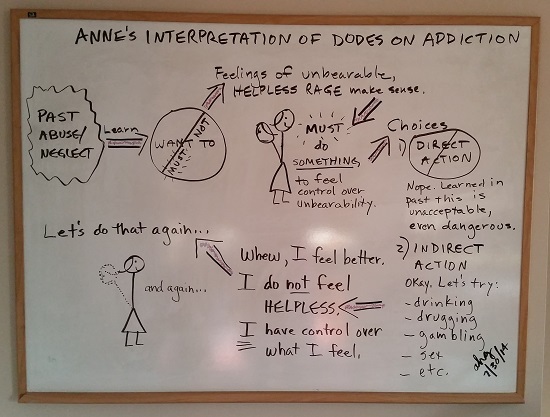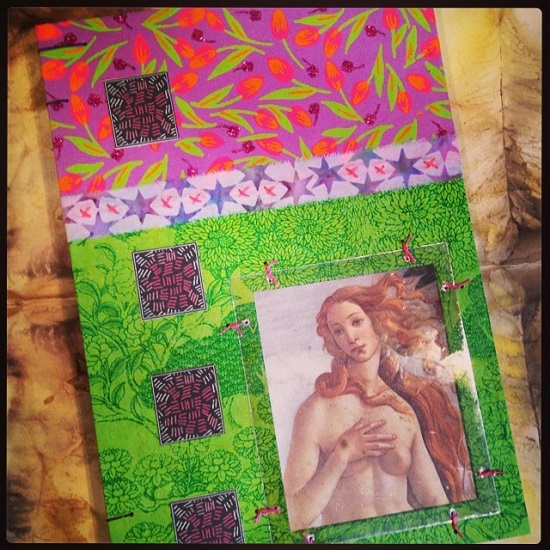A young colleague blurted out to me decades ago, as if astonished, “You’re the loneliest person in the world.”
I have had a longing within from the beginning. It’s as if a freezing wind blows through an unfilled opening near my heart. While I was growing up, I knew it was all going to be all right because I was going to get married and have a husband. He would fill the hole. When he didn’t, I expected it to be filled by our child. When I was unable to conceive, I tried work. I divorced and tried different men. I tried a return to my family of origin. I tried a second husband.
When I adopted a cat, I did feel a cat-shaped puzzle piece blocked much of the wind. When my cat became ill unexpectedly, I felt as if I had to kill my own child to put her out of her misery. And other things happened. The wind howled.
To not feel as if what I was feeling was going to kill me from within, I tried relationships, I tried work, I tried exercise, I tried eating, I tried cats, I tried drinking wine. Wine produced quiet from the wind most consistently for the greatest number of hours. I repeated.
And then, because I cherish being able to choose my path, however lonely it might be, I chose to take a break from drinking wine. I was flabbergasted to learn I could not. No matter what I did, no matter how hard I tried, no matter what I told myself, I could not stop drinking.
. . . . .
On August 28, 2014, I was 20 months abstinent from alcohol.
I have shared that I have only been able to get sober and stay sober with the help of, and in the company of, others.
As a teacher, I stated often that I was seeking “the truth and the light,” and “the one true thing.” In every bit of life, I sought whole meaning or sought to synthesize that small piece into a meaningful whole. In retrospect, I think I was seeking one perfect shape, exactly the size of the lonely opening within me, to ease my terrible longing.
What seems to be happening is that the hole is filling, not with one true love or one perfect child or one best friend, but with the presence of many people who are kind to me. And who let me be kind to them. And we rotate in and out through the days so that the filling isn’t dependent on one single person, or even on a specific group of people – only Betty, Bob, Jimmy, for example – but on many people.
And the people are human and they make mistakes and over-do and under-do. But because my days are spent with many, one person’s cruelty doesn’t have the power to destroy me, nor does one person’s kindness have the power to complete me.
I’m not sure how lonely I am today. Sweetness and gentleness and contentment are coming to my days. In little bits.






